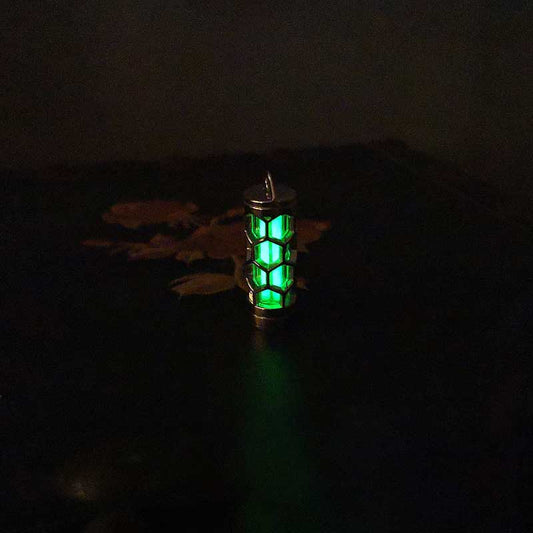A Glimpse into the Tradition of Mens Wedding Rings More Than Just Jewelry
A Glimpse into the Tradition of Mens Wedding Rings More Than Just Jewelry
Growing up, I remember witnessing my father’s hands, sturdy and calloused from years of hard work. What always caught my eye, though, was a simple yet elegant band that wrapped around his fourth finger on his left hand. To a child, it seemed like a king's ring, mysterious and imbued with power—yet, as I learned later, it was a symbol of commitment, love, and tradition. The men's wedding ring, though sometimes overshadowed by the grandeur of engagement rings, holds its own special place, steeped in symbolism and personal significance.
In many Western cultures, it's commonplace for the wedding ring to sit on the left hand’s fourth finger, often referred to as the "ring finger." This tradition dates back to an ancient Roman belief in the "vena amoris," or the vein of love, which was thought to run directly from this finger to the heart. While we now know there’s no such unique vein, the symbolism persists, finding its place in the hearts and customs of many.
Men's wedding rings, once a rarity in history, especially before the 20th century, have evolved into a significant expression of style and identity. Initially, during World War II, soldiers wore rings to remind them of their vows and loved ones waiting back home. Over time, it became a more widespread tradition among men to wear wedding bands, breaking away from earlier customs where only women adorned this symbol. It's genuinely fascinating how something as small as a ring can encompass such a vast tapestry of history and emotion.
When it comes to choosing the perfect ring, men today have an array of options that reflect personal style and taste. From traditional gold to modern tungsten, each material offers unique properties and a different sense of character. Gold remains classic, often chosen for its timeless appeal. However, materials like titanium or tungsten are gaining popularity for their durability and contemporary edge. I once met a gentleman who had a penchant for adventure, often scaling cliffs and diving into the depths of the unknown. He proudly wore a titanium band, its resilience echoing his own robust spirit, and it became just as much a part of his persona as his love for the wild.
Aside from materials, many men now personalize their rings with intricate designs or meaningful engravings. A friend of mine has an understated platinum band inscribed with the date he proposed to his partner—a subtle yet powerful reminder that sits quietly against his skin. These personalization options turn a simple band into an intimate piece of personal history, a narrative wrapped around one’s finger.
Despite these personal touches, what truly matters is the story a wedding ring tells. It’s a piece of jewelry that transcends fashion, a constant in the ever-evolving realm of style. It’s about more than just metal and weight; it's a token of loyalty, of a journey undertaken not alone, but with a beloved partner.
In a world where trends come and go, the significance of the wedding ring remains unchanged. It's a reminder that some traditions, however old or new, have the power to link us to the ones we love, making the ring finger more than just a place for a band, but a testament to the bonds we cherish.































